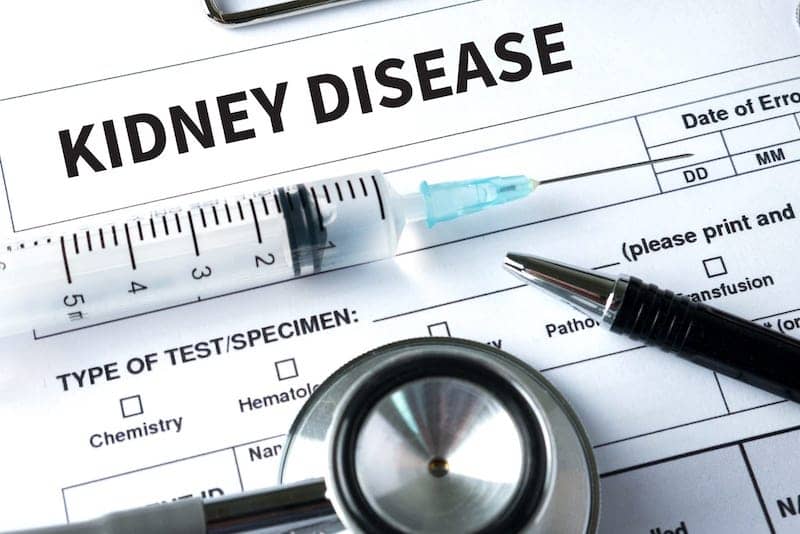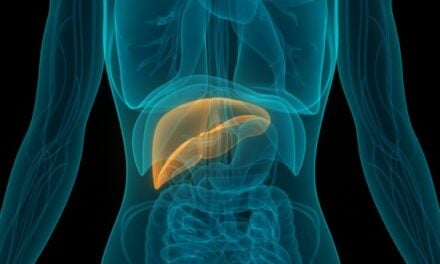In a new study looking at the long-term effects of hospitalized patients who have acute kidney injury (AKI), a sudden but temporary loss of kidney function, Johns Hopkins Medicine researchers found that higher levels of certain biomarkers in urine and blood can predict a patient’s risk of developing chronic kidney disease (CKD).
The findings, published in the Journal of Clinical Investigation, could help doctors better understand whether or not the body is healing properly, after someone sustains kidney damage, and potentially prevent the progression of acute kidney injury to chronic kidney disease.
Tracing AKI to CKD
The kidneys are a pair of bean-shaped organs that help clean your blood and remove waste from the body. Acute kidney injury occurs when your kidneys stop working properly, which can cause waste to build up in your blood, making it hard for the body to balance fluids. Although treatable, AKI could lead to CKD, a much more severe and potentially fatal condition, and other heart problems. AKI is most commonly seen in hospitalized patients whose kidneys are affected by medical and surgical stress and complications, potentially resulting in a longer recovery process and prolonged harm to the kidneys.
“About 20% of hospitalized patients develop AKI and have a three- to eight-fold increased risk of developing chronic kidney disease later on in life,” says Chirag Parikh, director of the Division of Nephrology at the Johns Hopkins University School of Medicine and the study’s corresponding author. “AKI incidence in the hospital continues to rise, so we set out to understand how and why AKI progresses to CKD, and if monitoring these patients over time can give us clues to kidney disease progression.”
According to the United States Centers for Disease Control and Prevention, an estimated 37 million people are living with CKD in the U.S., making it the 8th leading cause of death in the country.
Acute Kidney Injury Research Details
In a cohort of 656 hospitalized patients with AKI, researchers measured seven urine and two plasma biomarkers of kidney injury, inflammation, and tubular health at multiple timepoints over the course of a year after diagnosis. The goal was to determine the associations of longitudinal changes in these biomarkers with progression of kidney disease after AKI. The researchers found that for each deviation increase in change of the biomarker KIM-1, MCP-1 in urine and TNFRI in plasma from baseline to 12 months was associated with a two- to three-fold increased risk for CKD.
Parikh says these findings suggest that sustained tissue injury and inflammation, as well as slower restoration of tubular health, are associated with higher risk of kidney disease progression. However, they also observed that the increase in the urine biomarker UMOD was associated with a 40% reduced risk for CKD.
“Longitudinal measurement of some of these proteins have the potential to guide management of patients with AKI after discharge, which includes follow-up with a nephrologist; optimizing diabetes and cardiac medications; and accurate dosing of all medications with reduced kidney function,” says Parikh.
Additional researchers on this study include Yumeng Wen and Heather Thiessen-Philbrook, of Johns Hopkins University School of Medicine; Leyuan Xu, Isabel Melchinger, Dennis Moledina and Lloyd Cantley, of Yale School of Medicine; Steven Coca, of Icahn School of Medicine at Mount Sinai Hospital; Chi-yuan Hsu and Kathleen Liu, of the University of California, San Francisco; Alan Go, of Kaiser Permanente; Eddie Siew and T. Alp Ikizler, of Vanderbilt University; Vernon Chinchilli, of Pennsylvania State University College of Medicine; James Kaufman, of New York University School of Medicine; Paul Kimmel, of the National Institutes of Health; and Jonathan Himmelfarb, of the University School of Washington.
Funding for this study was supported by cooperative agreements from the National Institutes of Diabetes and Digestive and Kidney Diseases and the National Institutes of Health.





